Description
Computer Networking A Top-Down Approach — Course
Moreover, the course pairs clear theory with real packet-captures and lab exercises; therefore you will understand how protocols behave in real networks. Additionally, because the curriculum follows a top-down approach, you learn modern application protocols first, then progressively work down through transport, network, data link, and physical layers.
Course Description
This course adapts the proven “Top-Down” pedagogy to train students, IT professionals, and aspiring network engineers. First, you examine application-layer protocols (HTTP, DNS, SMTP), then you study transport protocols (TCP, UDP), next you handle IP routing and switching, and finally you explore data link and physical media. As a result, learners gain an intuitive view of how high-level services depend on lower-layer behavior.
Throughout the course, you will complete hands-on labs using packet analyzers, configure routing and switching in simulated environments, and troubleshoot real-world scenarios. Consequently, by the end of the course you will diagnose network issues, optimize performance, and design reliable small-to-medium enterprise network topologies.
What You’ll Learn
- Application-layer protocols and services: HTTP, DNS, SMTP, FTP — how they work and how to analyze them.
- Transport-layer mechanics: TCP connection setup, flow control, congestion control, and UDP behavior.
- IPv4 and IPv6 addressing, subnetting, routing concepts, and routing protocols overview (RIP, OSPF, BGP fundamentals).
- LAN switching, VLANs, Spanning Tree basics, and link-layer troubleshooting techniques.
- Packet capture and analysis with Wireshark — practical workflows for forensic network diagnosis.
- Network design principles: NAT, ACLs, QoS basics, and security considerations for edge and core.
- Hands-on labs: building, testing, and troubleshooting networks in simulated and virtualized environments.
Requirements
To get the most from this course you should have:
- Basic computer literacy and familiarity with operating systems.
- Willingness to install free tools (e.g., Wireshark, Packet Tracer or GNS3) — installation guides are provided.
- No prior deep networking experience is required; however, a basic understanding of IP addresses helps.
Format & Delivery
The course contains video lectures, step-by-step lab guides, downloadable configs, and quiz assessments. Next, you receive sample network capture files for practice; then you complete lab tasks and check your progress with quizzes. Finally, a capstone lab ties together concepts into a real-world troubleshooting challenge.
About the Publication
This course is built around the textbook-style approach and practical exercises inspired by widely adopted curricula. The author team includes experienced network engineers and instructors who have taught enterprise networking and prepared students for vendor-neutral certifications. Hence, the material balances academic rigor with hands-on applicability.
Why Enroll?
Enroll today to accelerate your networking career. Because this course emphasizes troubleshooting and analysis, you will gain skills that employers value immediately. Moreover, the progressive top-down structure helps you retain knowledge and apply it confidently.
Explore These Valuable Resources.
- Cisco — Networking Resources & Documentation
- Wireshark — Packet Analysis Tools & Tutorials
- RFC Editor — Protocol Standards & Specifications








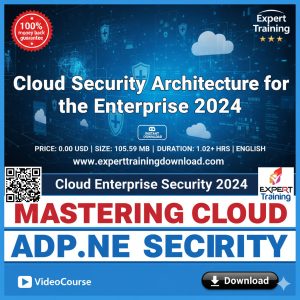
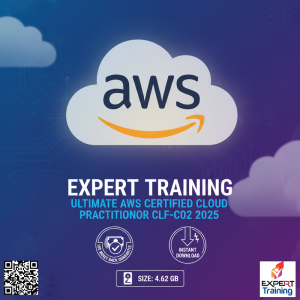
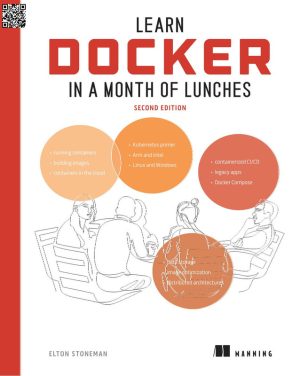
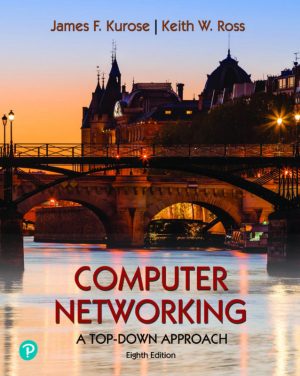

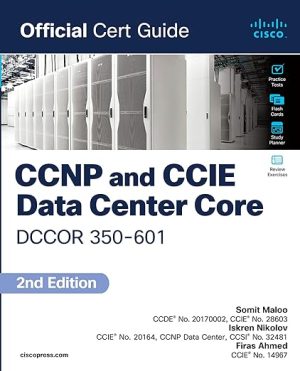



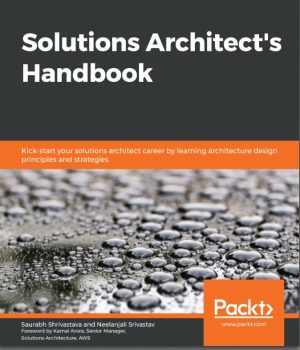
Reviews
There are no reviews yet.